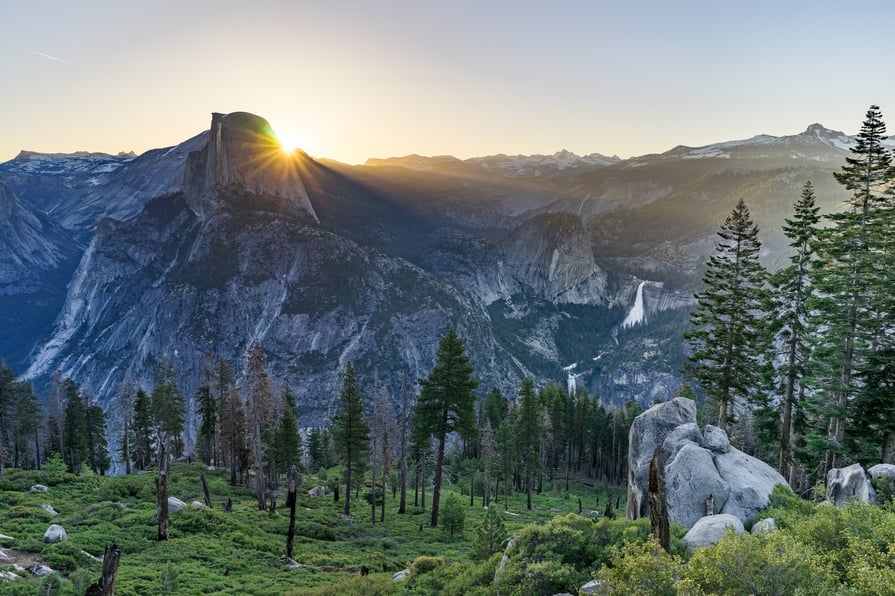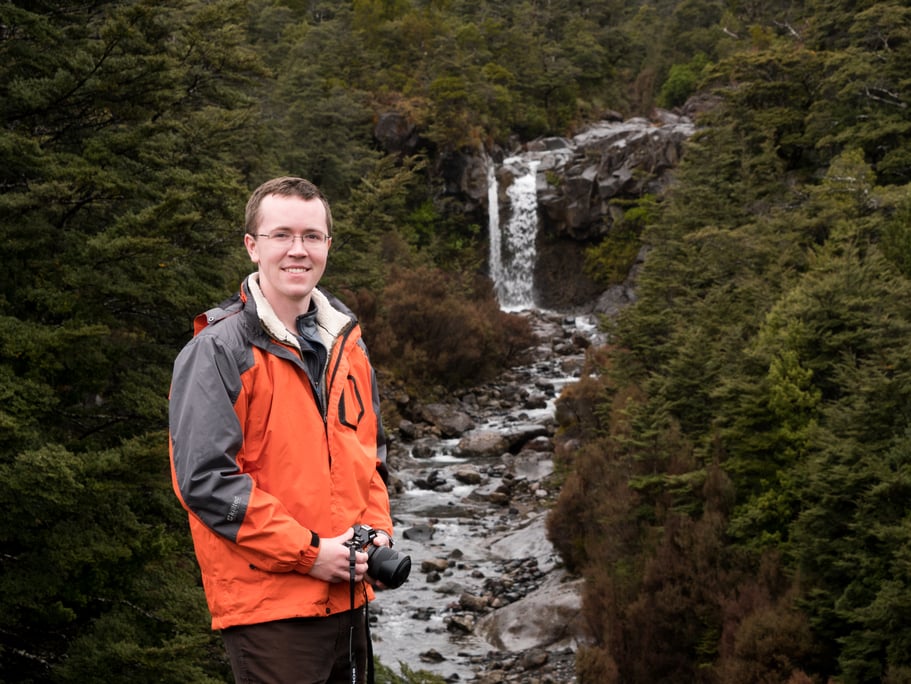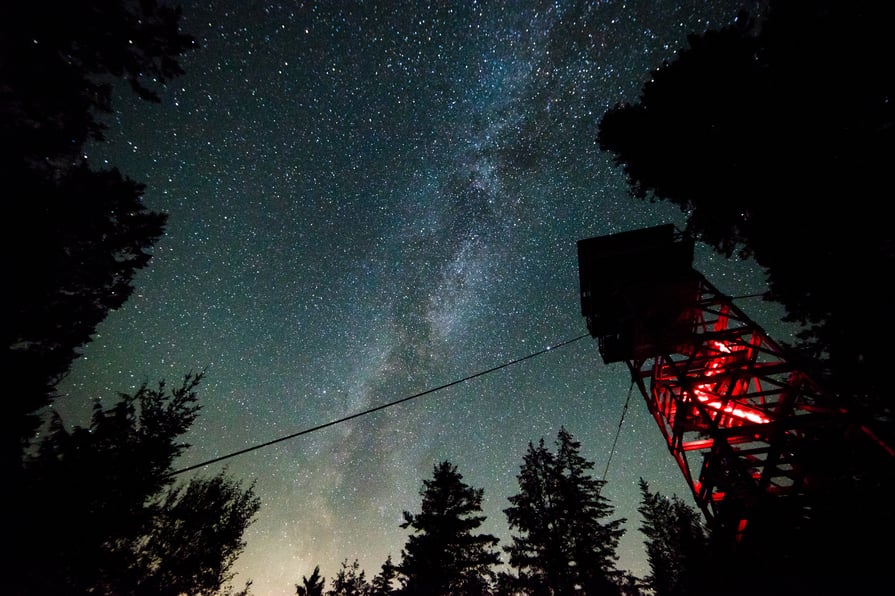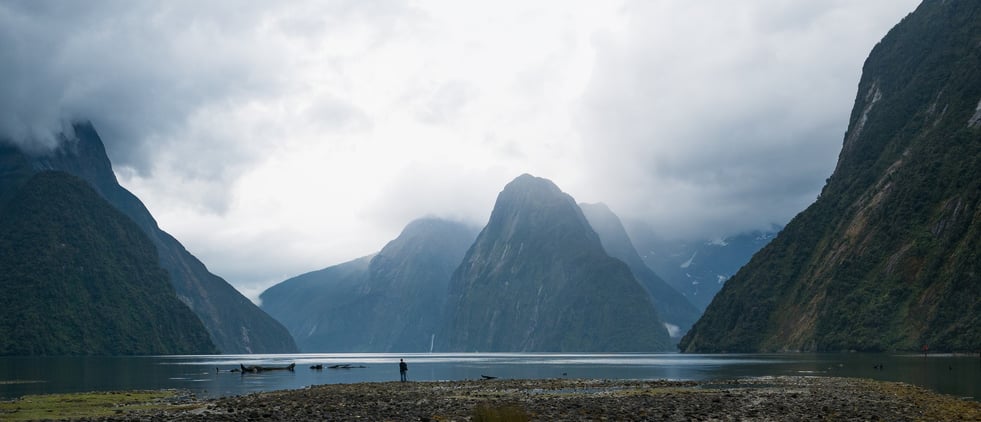When Keith Brick isn’t consulting for Nordic, he’s often 10,000 feet up a mountainside, trying to get just the right angle to capture a sun-dappled valley. Keith has been taking photographs since he was eight, and in recent years has visited Norway as well as Banff and Yosemite National Parks, where he took gorgeous shots of the surrounding landscapes.
As part of our series on consultant passion projects, Keith spoke to Nordic about why photography is important, what excites him about nature, and how to make your Instagram feed just a little bit better. He has also shared some of his shots, which can be found in more detail on his Flickr page.
Q. How did you get into photography in the first place?
I grew up in rural Virginia, and in the fall, all my classmates would go out hunting. What I enjoyed about photography was that you could go out and enjoy nature year-round, and you’re not taking anything from the environment except photography.
In rural Virginia, the hunters are your number one conservationist. They care about keeping the wild wild. It was ingrained early that nature’s protection falls to us, whether that’s through photography, policy, or politics. One challenge in conservation is that only the people out there experiencing nature’s beauty seem to get it. I see photography as a tool to help teach people about conservation and inspire them to experience nature firsthand.
.jpg?width=318&name=Makarora%20(1).jpg)
Q. You started learning about photography as a child. How did you first learn about it?
I remember for my eighth or ninth birthday, I got an Olympus camera that could take 36 pictures per card. The camera I shoot with today can take 40 pictures in less than a second. The ability to take a huge amount of photographs – especially when you’re working with nature – is incredible.
Nature photography is all about patience, and I experience that as an analog to what it was like to photograph before our current technology. That time I would have spent in the darkroom developing photos, I can instead spend out shooting the stars.
Q: What can you tell us about the emotional experience of taking photographs?
Photography when I’m out hiking is meditative. It’s about looking at the landscape, the wildlife, the sky, the stars and the weather, all as pieces of the whole. Your goal is to capture the important parts of the image. When we’re out hiking, we might be out in the woods for eight hours, but all I get to share is this 60th of a second. That’s the challenge: How do you capture the entire experience in a split second?
Q. What do you like to shoot the most?
My passion is definitely landscape photography. I took courses in landscape photography and studied Ansel Adams. I've taken photos of Banff and Yosemite National Park, and I think it’s amazing that we get to photograph the same things as the legendary photographers we studied in school.
That’s the great thing about having this new technology or a new way of looking at things: You get to experience something that’s been experienced a thousand times before, but share it in a new way.
Q. What do you want people to feel when they look at your photographs?
I want to make nature seem majestic and powerful in its ability to influence you, and make you feel wonder and awe — but I also want to illustrate the fragility of nature. It’s important to me that when someone looks at my photograph of a glacier, they realize that glacier is half the size it was 50 years ago.
When we’re looking at trails or a mountainside that’s been ravaged by wildfire, we should see the footprints left by climate change and how that impacts the landscape. I visit a lot of wonderfully protected places, but I also take photographs of places affected by natural disaster and destruction.

Q. When someone looks at a photograph of destruction, do they need a few words to explain what they’re looking at? Or should the photograph stand on its own?
I hope that my photography can stand on its own. An image should be powerful and interesting enough to gaze into and make someone feel that they’re seeing it for themselves. But if it’s a challenging photograph – one that I’ve taken a lot of time in capturing and composing – it can be fun to explain the effort that goes into a snapshot.
I think sometimes people assume that photography is just carrying around a really expensive camera and getting cool shots. It’s fun to explain, “I have to hike out to get this picture; I have to get up at 2:00 in the morning to capture these stars.” It gives context for the experience.

Q. What do you think about the popularization of photography through the advent of Instagram and social media? What effect has that had on photography?
Chase Jarvis wrote that “the best camera is the one you have with you.” The cameras that are built into our phones are many, many times better than the first cameras I shot with, even in school. It’s awesome that so many people have cameras with them all the time. It gives them the opportunity to make memories and then share those memories with others.
At the same time, even though it’s a boon to photography, it also dilutes the industry a little. With so many photographs out there, how do you find the really good ones? That’s why I think it’s important for people to be practicing those skills and learning how to make beautiful photographs. They should be encouraged by the attention and feedback you receive when you post a great photo that people love.

3:57am at Haybrook Watch Tower, with Wildfire Smoke and Light Pollution, 20 seconds @ 14mm|f/2.8|ISO 3200
Q. What advice would you tell people who are looking to get into photography?
The most important thing is to go to a photographer’s gallery who does the type of photography you find really beautiful, and figure out what ingredients make the pictures stand out and speak to you. Is it bright colors or an interesting angle on something you’ve seen a hundred times? Everyone can find something that inspires them, and it’s about taking the time to determine what you love about it and then use that as a guide.
Q. How does photography benefit your life in other ways, such as in your work or personal life?
Camera equipment is heavy, so it’s always good exercise to get seven, eight, or 10 miles up the side of a mountain with all that gear with you. It’s rewarding to say, “Yes, this is worth it because I got the shot I wanted.” I have an entire backpack dedicated to my photograph equipment, and an amazing husband who carries our med kit, water, tripod, and second camera. Being prepared is a fundamental tenet of the Boy Scouts and of photography, and I think they go hand-in-hand when you’re out in the wilderness. Especially when you spend so much time behind the camera, it’s even more rewarding to have someone who enjoys the experience with you (and can put you in the picture, too).







